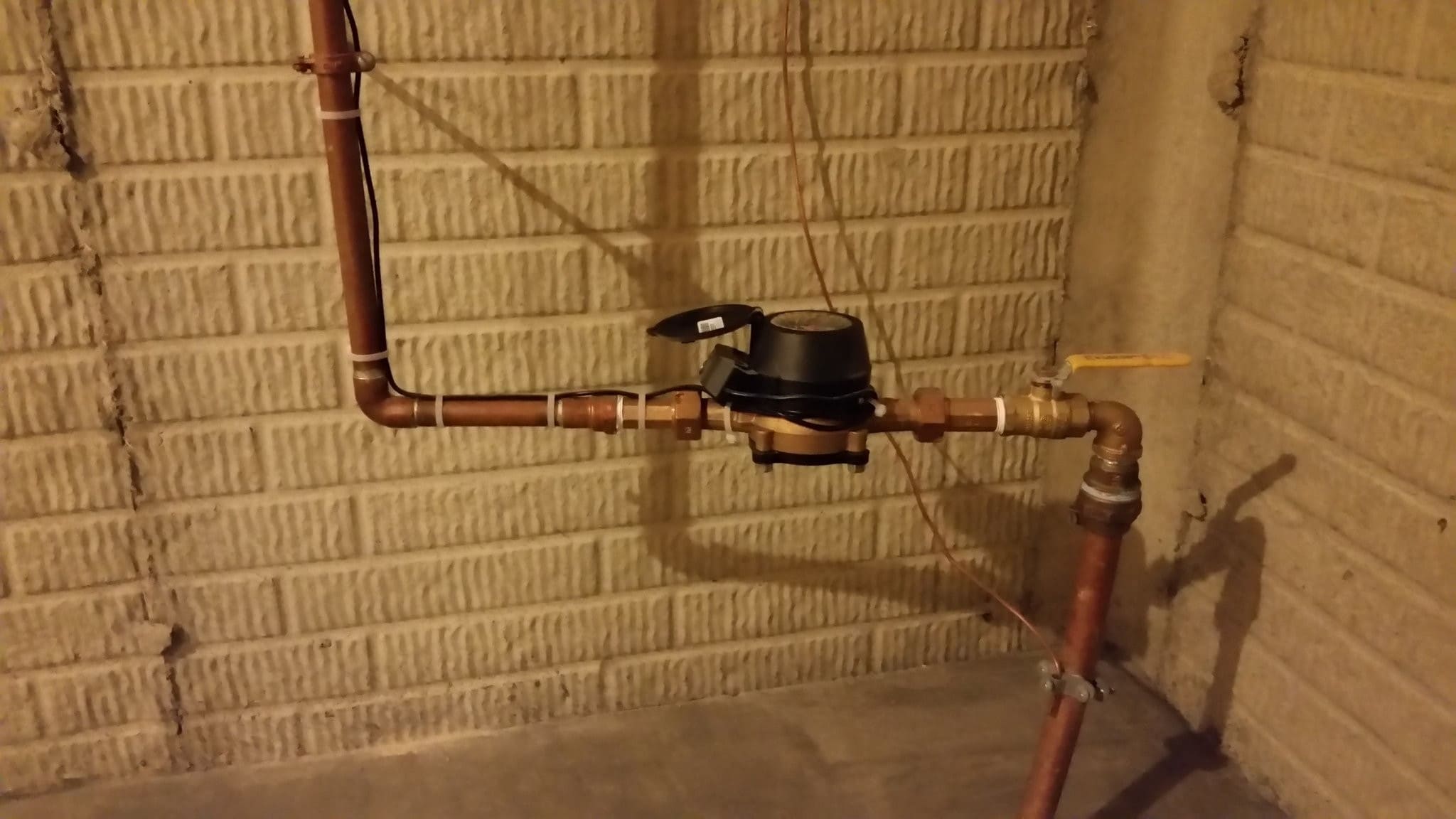

Articles
How To Hide Water Meter In Basement
Modified: May 6, 2024
Learn how to hide your water meter in the basement with these helpful articles. Find step-by-step guides and creative ideas to keep your meter out of sight.
(Many of the links in this article redirect to a specific reviewed product. Your purchase of these products through affiliate links helps to generate commission for Storables.com, at no extra cost. Learn more)
Introduction: Importance of Hiding Water Meter in the Basement
When it comes to home aesthetics, every homeowner desires a clean and visually appealing living space. This often involves hiding unsightly elements that can disrupt the overall ambiance of the house. One such element that can detract from the aesthetic appeal of the basement is the water meter.
The water meter, while essential for monitoring water consumption and managing bills, is not the most visually pleasing fixture. It typically features a large, bulky, and utilitarian appearance that can clash with the overall design and decor of the basement. However, with a little creativity and planning, it is possible to hide the water meter effectively.
Hiding the water meter not only contributes to a more harmonious and cohesive aesthetic but also offers functional benefits. By concealing the water meter, you can create a cleaner and more organized space in the basement. Additionally, it provides protection for the meter from accidental damage.
However, it is important to consider certain factors before deciding on the best method to hide the water meter. You need to assess the purpose of hiding the water meter and ensure that it remains easily accessible for reading and maintenance.
Key Takeaways:
- Aesthetically hiding the water meter in the basement not only improves the overall visual appeal but also creates a cleaner and more organized living space, enhancing the harmony of the environment.
- Consideration of material selection, step-by-step guide for building a hiding solution, and compliance with legal regulations are crucial for effectively concealing the water meter while maintaining accessibility and functionality.
Read more: How To Hide Pipes In Basement
Factors to Consider
1. Purpose of hiding the water meter: Determine the primary goal behind hiding the water meter. Is it primarily for aesthetic purposes, or are you aiming for both visual appeal and functionality? Understanding the purpose will help guide your decision-making process.
2. Accessibility for reading and maintenance: Regardless of how you choose to hide the water meter, it is crucial to ensure easy access for periodic meter readings and maintenance. Consider the placement of the hiding solution to allow for convenient access whenever required.
Factors to Consider: Purpose of Hiding the Water Meter – Accessibility for Reading and Maintenance
When deciding how to hide the water meter in the basement, it’s important to consider two key factors: the purpose of hiding it and the accessibility required for reading and maintenance.
Purpose of Hiding the Water Meter: Understanding the purpose will help you determine the most suitable method for hiding the water meter. Are you looking to solely improve the visual appeal of your basement, or do you also want to maintain functionality while hiding the meter?
If aesthetics are your primary concern, you may opt for a hiding solution that completely conceals the water meter, such as building a cabinet or using decorative elements to camouflage it. On the other hand, if you want to strike a balance between aesthetics and functionality, you might consider a solution that allows easy access to the meter for reading and maintenance.
Accessibility for Reading and Maintenance: While hiding the water meter, it’s essential to ensure that it remains easily accessible. Regular meter readings are necessary for accurate billing, and maintenance may occasionally be required to check for leaks or other issues. Consider the following aspects of accessibility:
- Visibility: Ensure that the water meter remains visible and easily readable, even when hidden. This can be achieved by incorporating a transparent or mesh panel into the hiding solution.
- Removability: Consider using a cabinet or panel that can be easily removed when access to the meter is required. This allows for convenient reading and maintenance without the need to dismantle the entire hiding solution.
- Space: Plan the placement of the hiding solution to provide sufficient space around the water meter for easy maneuverability during reading and maintenance tasks.
By taking the purpose of hiding the water meter and accessibility requirements into account, you can make an informed decision about the best hiding options that will suit your needs. Let’s explore some popular hiding options and discuss the materials you can choose from to create a seamless and visually appealing solution.
Hiding Options: Building a Cabinet Around the Water Meter – Camouflaging with Decorative Elements – Utilizing Room Partitions or Screens
When it comes to hiding the water meter in the basement, there are several creative options to choose from. Each option offers a unique approach to conceal the meter and enhance the overall aesthetic appeal of the space. Here are three popular hiding options:
Building a Cabinet Around the Water Meter: One of the most effective ways to hide the water meter is by constructing a cabinet around it. This method not only conceals the meter but also provides additional storage space in the basement. To build a cabinet, measure the dimensions of the water meter and create a frame using wood or other suitable materials. Install a cabinet door or a removable panel for easy access when needed. The cabinet can be painted or finished to match the surrounding decor.
Camouflaging with Decorative Elements: Another method to hide the water meter is by camouflaging it with decorative elements. This approach involves using creative techniques to divert attention away from the meter. For example, you can hang artwork or decorative panels on the wall, strategically placing them in front of the water meter. Alternatively, you can use a decorative folding screen to partially or completely block the view of the meter.
Utilizing Room Partitions or Screens: Room partitions or screens can be an excellent solution to hide the water meter while adding an element of style to the basement. These partitions can be made of various materials such as wood, metal, or even fabric. They can be freestanding or attached to the walls, depending on your preference. By strategically placing the partition or screen, you can create a separate area in the basement while effectively concealing the water meter.
Each hiding option has its own advantages and considerations. When deciding which method to choose, consider factors such as the available space, the overall design of the basement, and your personal preferences. Additionally, keep in mind the accessibility requirements for reading and maintenance, ensuring that the chosen hiding option allows easy access when needed.
Now that we have explored different hiding options, let’s discuss the materials commonly used to build cabinets or partitions for hiding the water meter in the basement.
Material Selection: Wood – PVC – Metal
When it comes to hiding the water meter in the basement, selecting the right materials is crucial to ensure both durability and aesthetic appeal. Here are three common materials used for building cabinets, partitions, and hiding solutions:
Wood: Wood is a popular choice for hiding the water meter due to its natural beauty and versatility. It can be easily shaped and customized to create a cabinet or partition that matches the existing decor of the basement. Different types of wood, such as pine, oak, or maple, offer varying levels of strength and durability. Additionally, wood can be stained, painted, or finished to achieve the desired look and provide protection against moisture or damage.
PVC: PVC (Polyvinyl Chloride) is a lightweight, durable, and affordable material that is commonly used in hiding water meters. PVC cabinets or partitions provide a sleek and modern look to the basement while offering resistance to moisture, making them suitable for environments where humidity may be a concern. PVC is available in various sizes and can be easily cut and assembled to create a customized hiding solution. Additionally, PVC is low maintenance and can be cleaned with simple household cleaning products.
Metal: Metal, such as stainless steel or aluminum, offers a sturdy and industrial aesthetic for hiding the water meter. Metal cabinets or partitions provide durability and strength, ensuring long-lasting protection for the meter. They can be customized with different finishes, such as powder coating or brushed metal, to complement the design of the basement. Metal is resistant to moisture and corrosion, making it a suitable choice for areas with high humidity or moisture levels. However, it’s important to ensure proper ventilation to prevent condensation and rust formation.
When selecting the material for your hiding solution, consider factors such as your budget, the overall design of the basement, and the durability required. Keep in mind that the chosen material should be compatible with the surrounding elements and blend seamlessly into the overall aesthetic of the space.
Now that we have covered the material selection, let’s move on to the step-by-step guide on how to hide the water meter in the basement, ensuring both functionality and visual appeal.
Consider building a simple wooden or drywall enclosure around the water meter to hide it in the basement. Make sure the enclosure is easily removable for maintenance access.
Read more: How To Hide Furnace In Middle Of Basement
Step-by-Step Guide: Measuring the Water Meter Dimensions – Building the Cabinet Frame – Installing the Cabinet Door or Removable Panel – Painting or Finishing Touches
If you have decided to build a cabinet to hide the water meter in your basement, follow this step-by-step guide to ensure a successful and visually appealing hiding solution:
1. Measuring the Water Meter Dimensions: Begin by accurately measuring the dimensions of the water meter. This includes the height, width, and depth of the meter. Take precise measurements to ensure that the cabinet you build fits snugly around the meter without obstructing access or causing any damage.
2. Building the Cabinet Frame: Using the measurements obtained in the previous step, build a sturdy and appropriately sized cabinet frame. You can use wood or another suitable material for the frame. Construct the frame with careful attention to detail, ensuring that it provides adequate support for the cabinet and complements the surrounding decor. Consider factors such as the height of the cabinet to allow for easy access to the meter when reading or maintenance is required.
3. Installing the Cabinet Door or Removable Panel: Determine whether you want a hinged cabinet door or a removable panel for easy access to the water meter. If opting for a door, ensure that it is properly aligned and securely attached to the cabinet. If using a removable panel, consider using hinges or other appropriate fasteners for easy removal and reattachment when necessary. This step is crucial to maintain accessibility to the water meter while ensuring that the hiding solution remains functional and practical.
4. Painting or Finishing Touches: Once the cabinet frame and door/panel are in place, it’s time to apply a suitable finish. Consider using paint, stain, or varnish to match the cabinet with the surrounding decor. Ensure that the chosen finish provides protection against moisture or damage. You can also incorporate decorative elements or hardware to enhance the visual appeal of the cabinet and create a seamless integration with the rest of the basement design.
By following these step-by-step instructions, you can successfully hide the water meter in your basement while maintaining accessibility for reading and maintenance. Remember to take accurate measurements, build a sturdy cabinet frame, install a functional door or removable panel, and finish the cabinet with a suitable coating. This will ensure that the hiding solution not only conceals the water meter but also enhances the overall aesthetic of your basement space.
Now that you have completed the construction phase, it’s important to consider maintenance and accessibility for the water meter. Let’s discuss some key points to keep in mind.
Maintenance and Accessibility: Ensuring Easy Access for Meter Reading – Regular Maintenance Considerations
While the primary goal of hiding the water meter in the basement is to improve the aesthetic appeal of the space, it is crucial to ensure that the meter remains easily accessible for reading and maintenance purposes. Here are some key considerations to keep in mind:
Ensuring Easy Access for Meter Reading: Accessibility to the water meter for periodic readings is essential to ensure accurate billing and water usage monitoring. To ensure easy access, follow these guidelines:
- Design the hiding solution in a way that allows clear visibility of the water meter. Incorporate transparent or mesh panels if necessary to maintain visibility while still concealing the meter.
- Ensure that there is sufficient lighting around the meter area for easy visibility, especially in low-light conditions.
- Avoid placing any obstructions, such as furniture or decorative elements, in front of the water meter that would hinder the ability to read the meter.
Regular Maintenance Considerations: While the hiding solution provides visual appeal and protection for the water meter, it is important to periodically check and maintain the meter for optimal performance. Consider the following maintenance considerations:
- Check the hiding solution regularly for any signs of damage, such as cracks, warping, or loose components. Repair or replace any damaged parts promptly to ensure the longevity of the hiding solution.
- Inspect the water meter itself for any leaks, corrosion, or other issues. If you notice any problems, contact a professional plumber or the water provider for assistance.
- Ensure that there is adequate ventilation around the water meter area to prevent the accumulation of moisture, which can lead to mold growth or damage to the meter.
- Follow any maintenance guidelines provided by the water meter manufacturer or your local water authority. This may include periodic checks or servicing recommendations.
By considering the maintenance and accessibility aspects, you can ensure that the water meter remains functional and easy to access while still being visually pleasing in your basement. Regularly monitoring and maintaining the hiding solution and the water meter will help prevent any issues and ensure accurate readings and efficient water management.
Before concluding, it is important to address any legal considerations that may be associated with hiding the water meter. Let’s explore this aspect further.
Legal Considerations: Compliance with Building Codes and Regulations
While hiding the water meter in the basement can significantly improve the aesthetic appeal of your space, it is important to be aware of and comply with any relevant building codes and regulations. Here are some legal considerations to keep in mind:
Building Codes: Building codes vary from region to region, and it is crucial to understand and adhere to the specific regulations in your local area. When hiding the water meter, ensure that your hiding solution meets the requirements set forth by the local building codes. This may include considerations such as minimum clearance around the meter, fire safety regulations, and proper ventilation.
Accessibility Requirements: As mentioned earlier, ensuring easy access to the water meter is critical for reading and maintenance purposes. It is important to consider any accessibility requirements outlined by your local water authority or utility company. This may include guidelines for clear visibility, adequate lighting, and unobstructed access to the meter for meter readers or maintenance personnel.
Permits: Depending on your local jurisdiction, obtaining permits may be necessary for certain construction or renovation projects, including hiding the water meter. Check with your local building department to determine if a permit is required for the hiding solution you intend to implement. Non-compliance without obtaining the necessary permits may result in fines or legal consequences.
Utilities’ Approval: In some cases, you may need to seek approval from your water provider or utility company before proceeding with hiding the water meter. Contact your utility company to inquire about any specific requirements or restrictions in your area. They can provide guidance on the acceptable methods of hiding the water meter that align with their regulations.
Consultation with Professionals: If you are uncertain about any legal aspects related to hiding the water meter, it is advisable to consult with professionals such as contractors, plumbers, or building inspectors. They can provide guidance on meeting building codes and compliance with regulations specific to your area.
By ensuring compliance with building codes and regulations, you can avoid any potential legal issues and maintain a safe environment for the water meter in your basement. It is always best to be proactive and seek proper approvals and permits, as necessary, to ensure a seamless and legal hiding solution.
Now that we have covered the legal considerations, let’s conclude the article by summarizing the importance of aesthetically hiding the water meter in the basement and recapping the different hiding options and considerations discussed.
Conclusion: Importance of Aesthetically Hiding Water Meter in the Basement – Recap of Different Hiding Options and Considerations
Hiding the water meter in the basement is not only important for improving the overall aesthetic appeal of the space but also for creating a clean and organized environment. By concealing the water meter, you can enhance the visual harmony of the basement while maintaining its functionality. Here are the key points to remember:
Importance of Aesthetically Hiding the Water Meter: Hiding the water meter in the basement is crucial for achieving a visually appealing living space. It not only improves the aesthetics but also creates a cleaner and more organized atmosphere. Additionally, hiding the water meter provides protection against accidental damage and keeps the basement design cohesive and uncluttered.
Recap of Different Hiding Options: There are several effective options for hiding the water meter. One popular approach is building a cabinet around the meter, providing both concealment and additional storage space. Another option is using decorative elements to camouflage the meter, diverting attention away from its utilitarian appearance. Alternatively, room partitions or screens can be used to create a separate area while effectively hiding the meter.
Considerations for Material Selection: Wood, PVC, and metal are common materials used for hiding solutions. Wood offers natural beauty and versatility, while PVC provides durability and resistance to moisture. Metal provides a sturdy and industrial aesthetic. Choose a material that aligns with your design preference, durability requirements, and budget.
Step-by-Step Guide: When building a cabinet to hide the water meter, follow a step-by-step guide that includes measuring the meter dimensions, building a cabinet frame, installing a door or removable panel for access, and applying a suitable finish. This ensures that the hiding solution meets both aesthetic and functional needs.
Maintenance and Accessibility: Ensure easy access for meter reading by maintaining clear visibility and proper lighting. Regularly inspect the hiding solution and the water meter itself for any damage or issues. Follow any maintenance guidelines provided by the manufacturer or water authority to ensure accurate readings and efficient water management.
Legal Considerations: Always comply with local building codes, obtain necessary permits, and follow any guidelines set by your utility company or water provider. Consulting with professionals can provide valuable guidance to ensure compliance with regulations.
In conclusion, aesthetically hiding the water meter in the basement enhances the overall design, cleanliness, and organization of the space. By choosing the right hiding option, considering the material selection, following a step-by-step guide, and ensuring accessibility and compliance with regulations, you can create a visually appealing and functional hiding solution for the water meter in your basement.
So go ahead and unleash your creativity to transform your basement into a beautiful and harmonious space while effectively hiding the water meter.
Once you've mastered hiding that pesky water meter, why not tackle bigger challenges? If you're pondering a major overhaul, learning how long a basement renovation takes could be your next step. For those who prefer getting hands-on, plenty of DIY home projects await to transform your space creatively and affordably. Dive into these articles for more fantastic insights and practical tips to enhance your home's functionality and aesthetic appeal.
Frequently Asked Questions about How To Hide Water Meter In Basement
Was this page helpful?
At Storables.com, we guarantee accurate and reliable information. Our content, validated by Expert Board Contributors, is crafted following stringent Editorial Policies. We're committed to providing you with well-researched, expert-backed insights for all your informational needs.
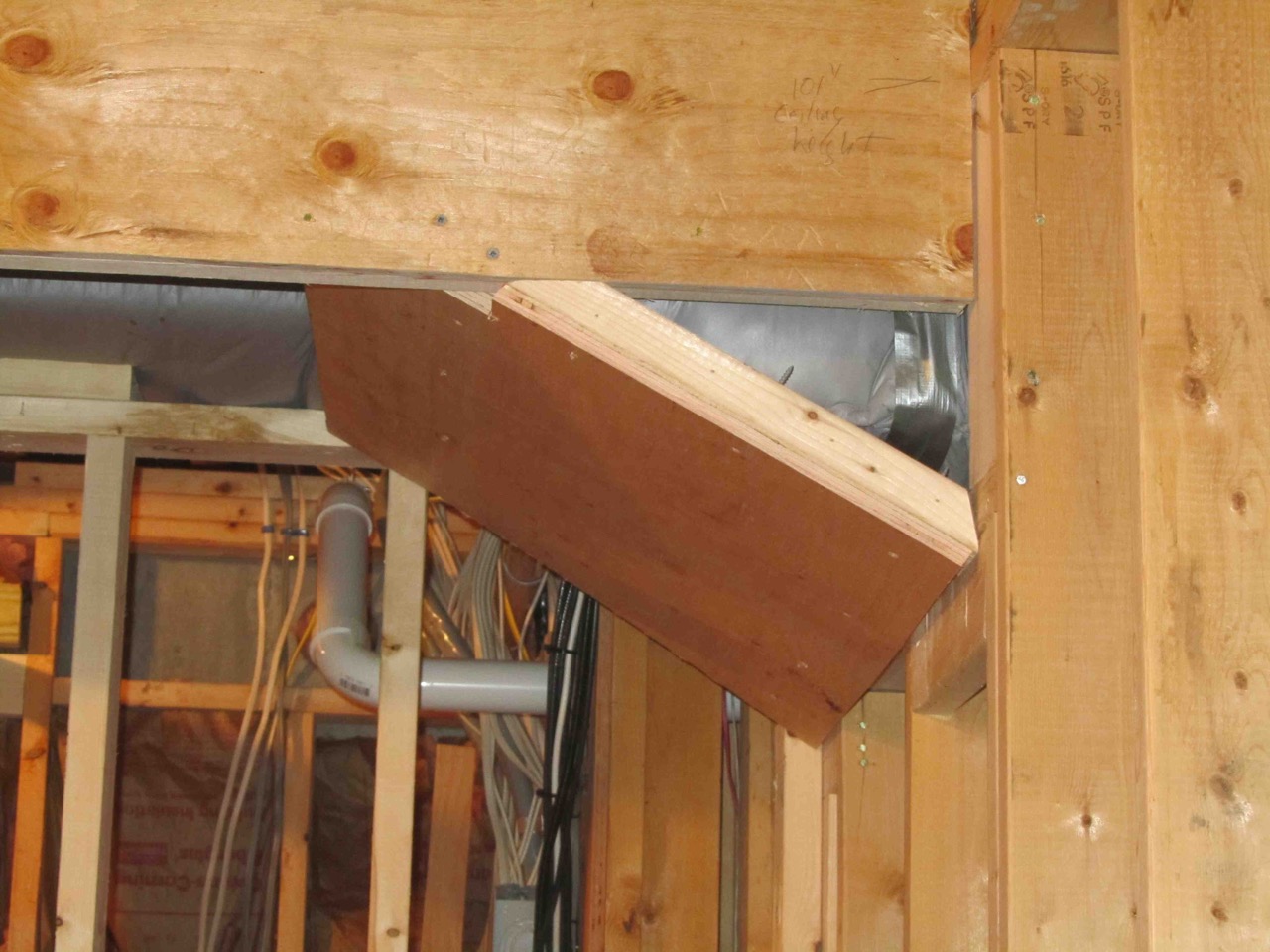
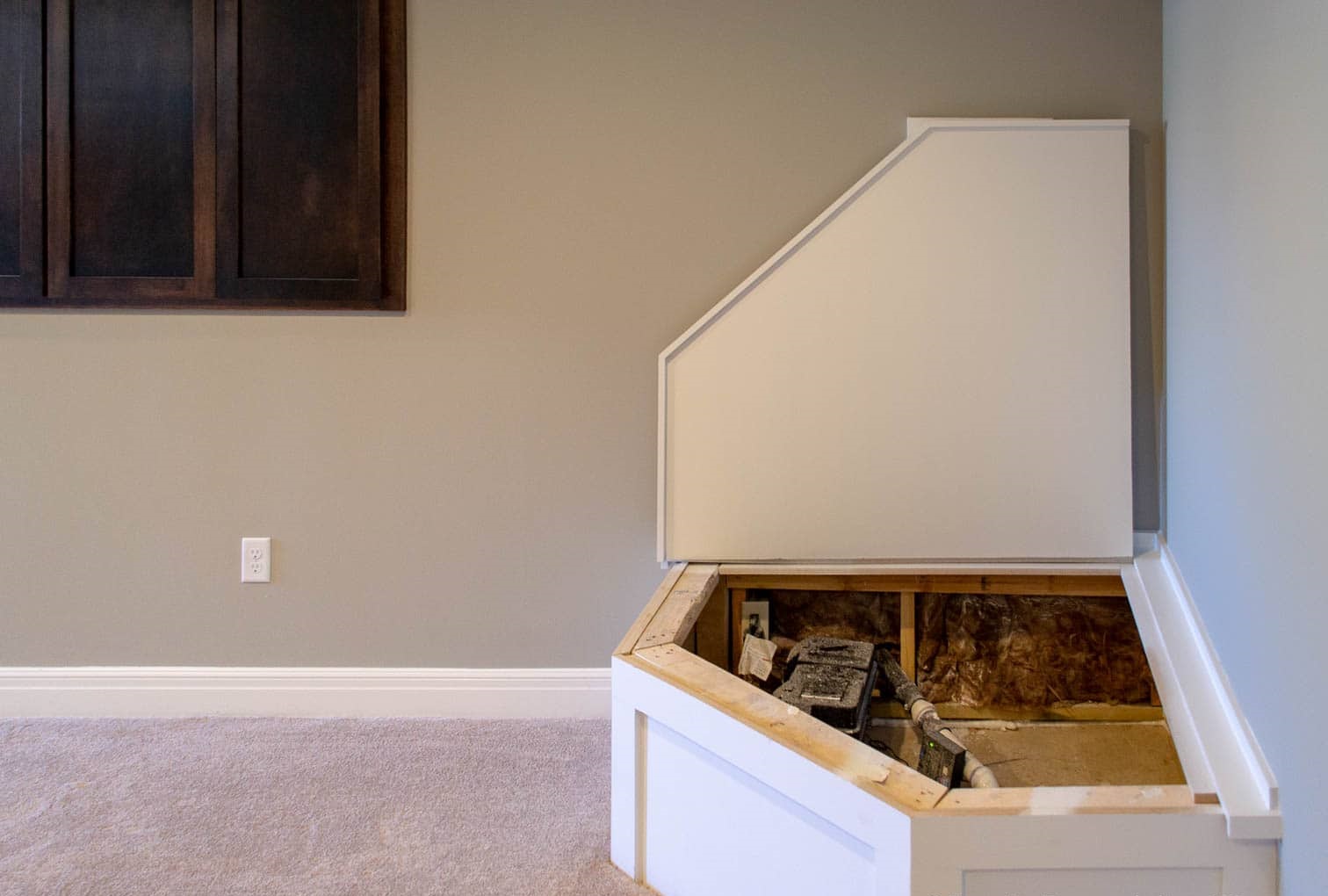
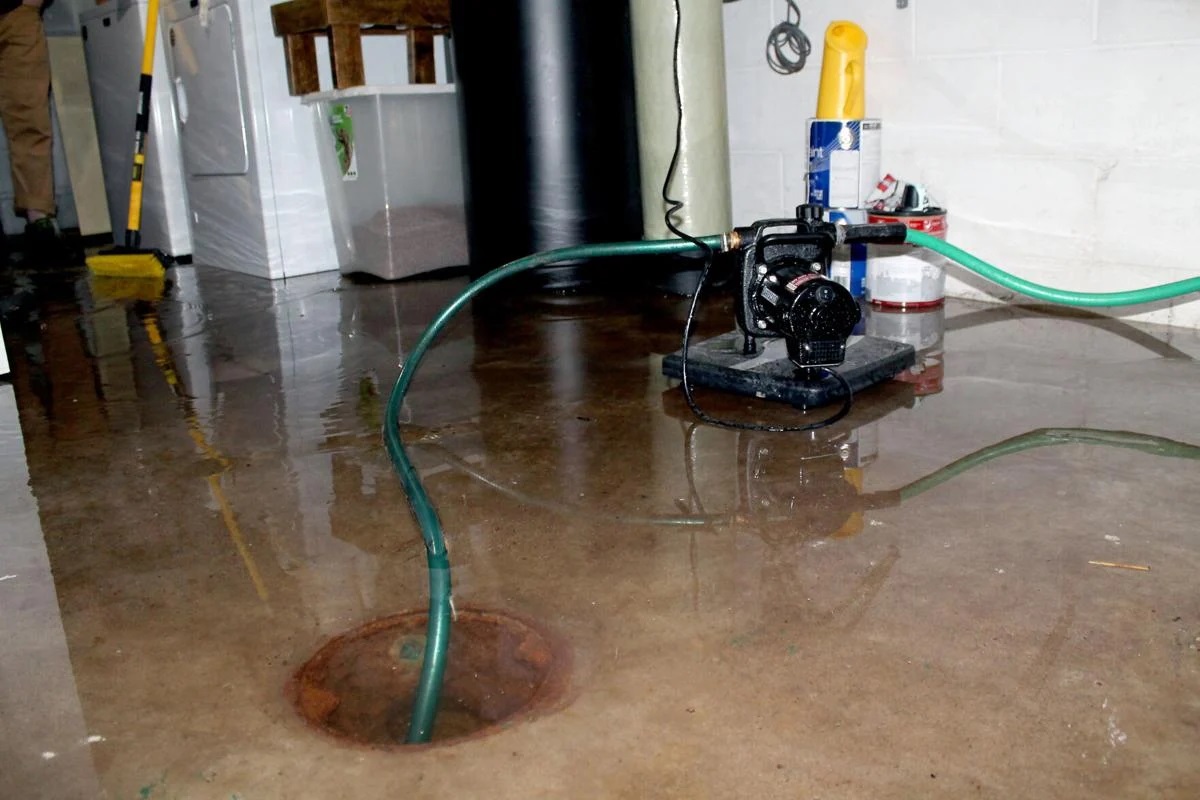
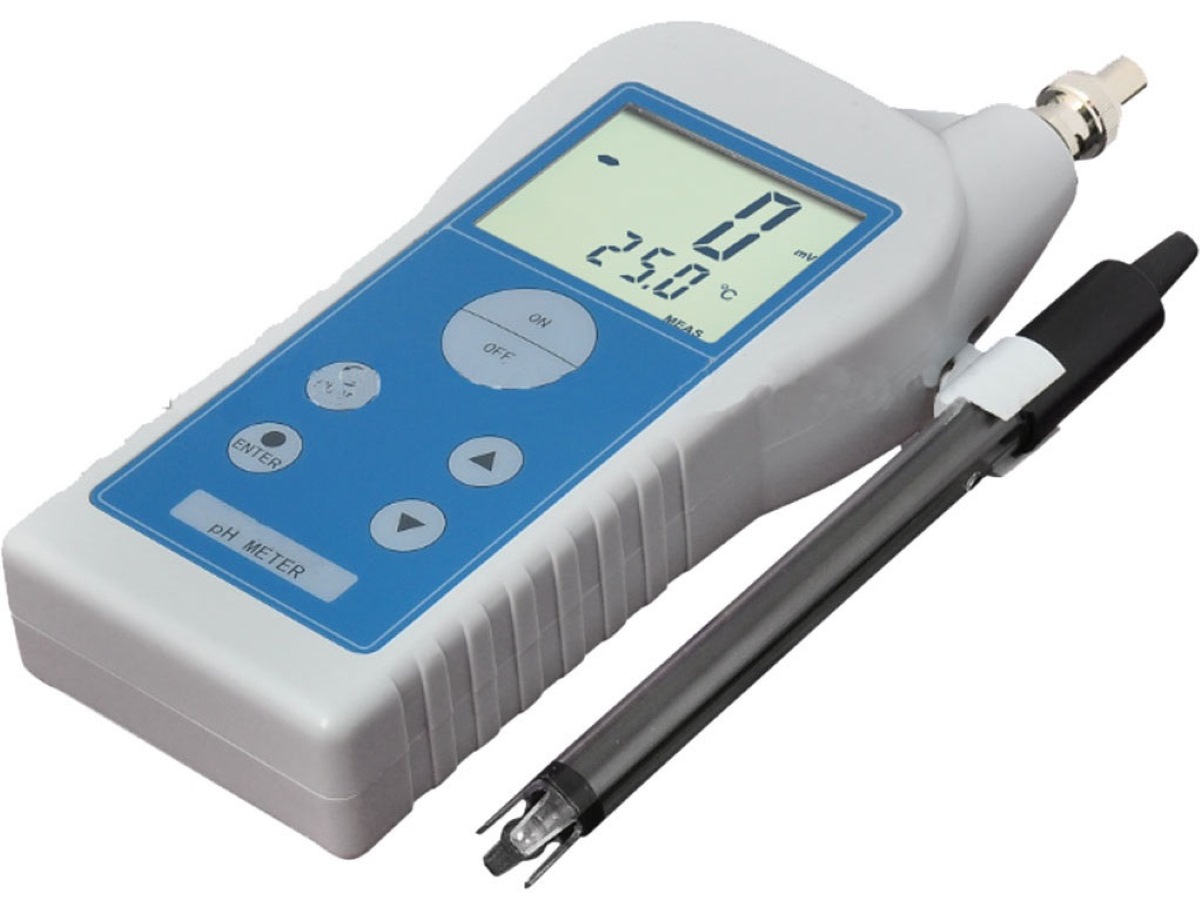
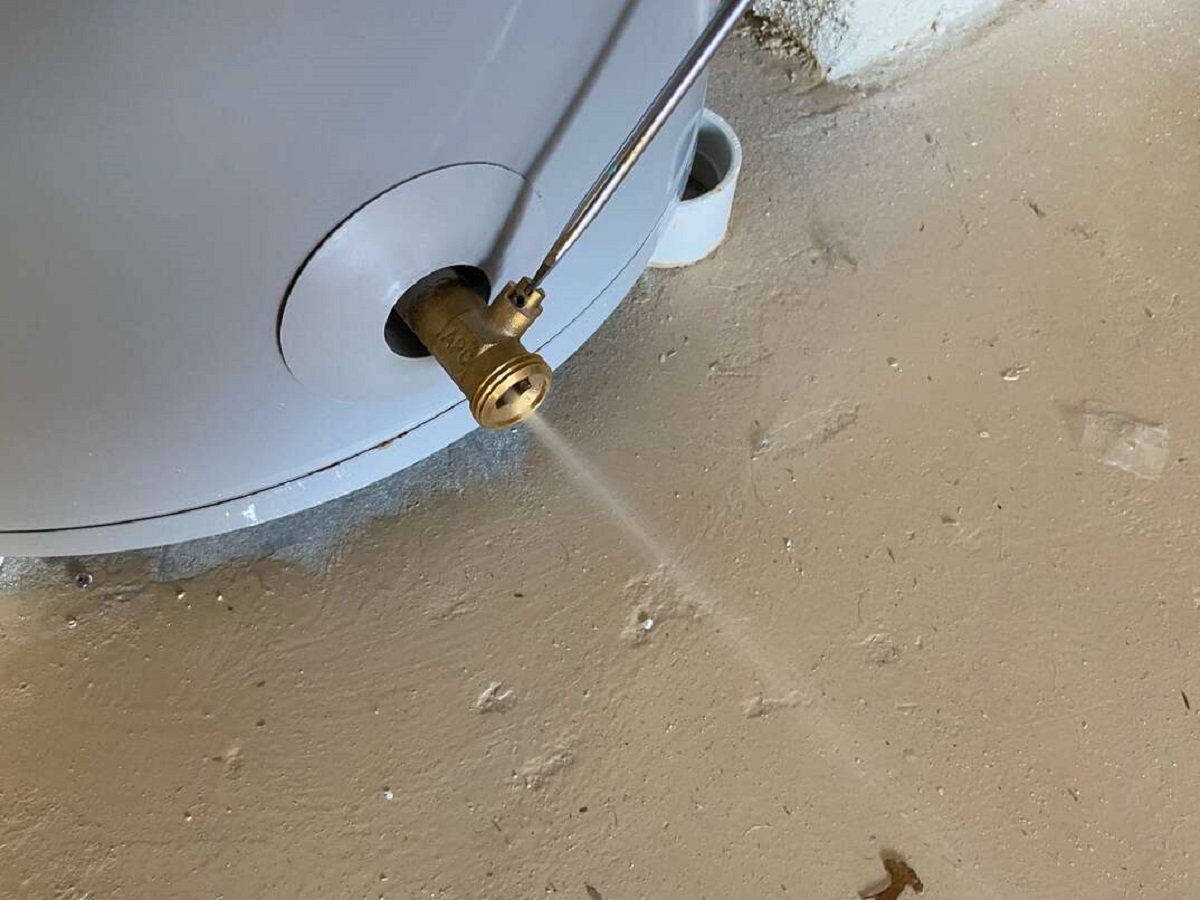
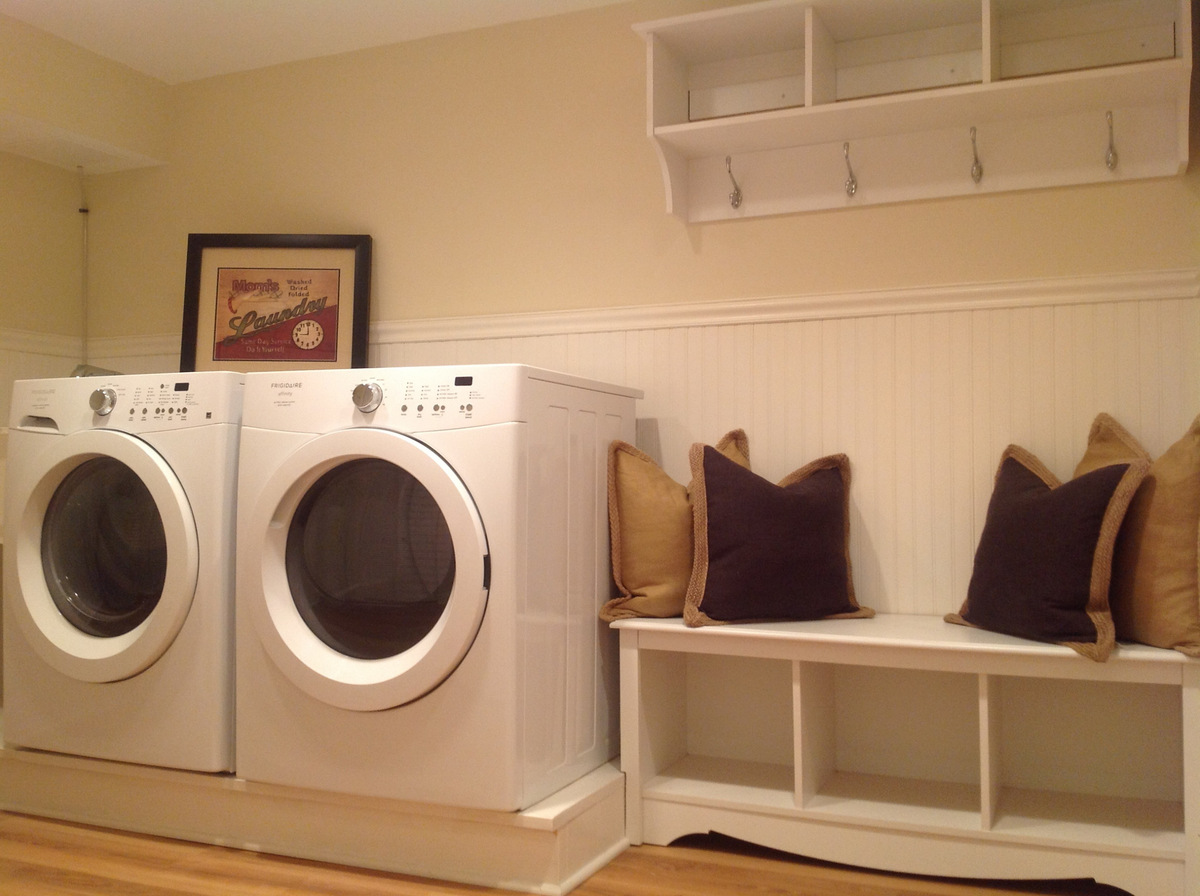
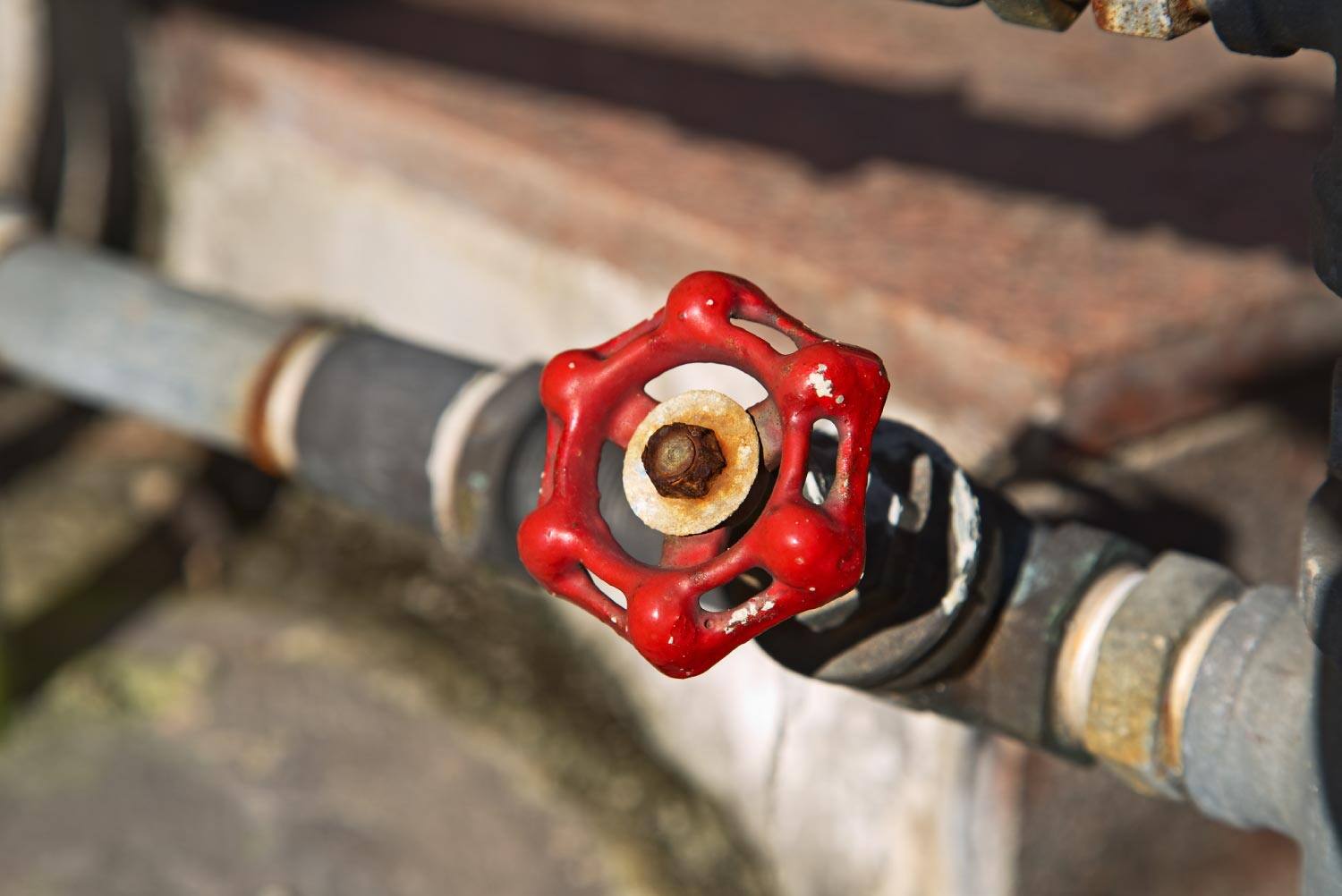
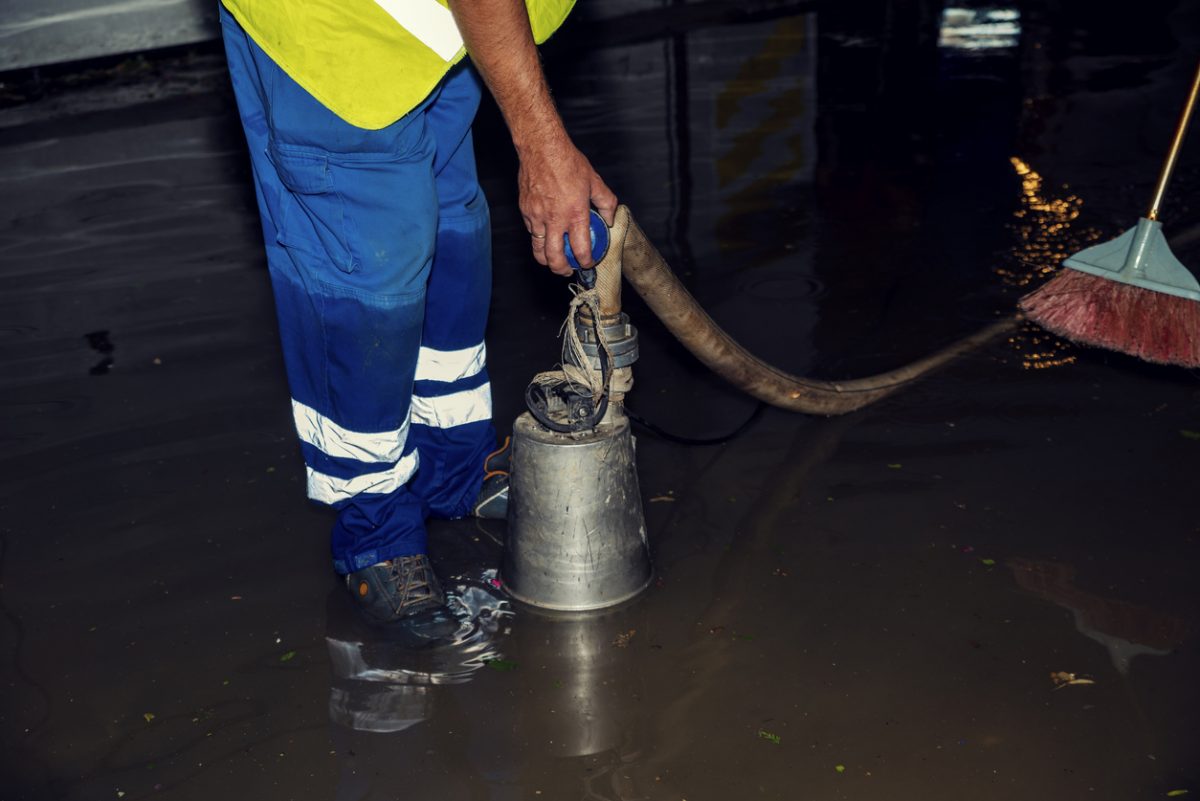
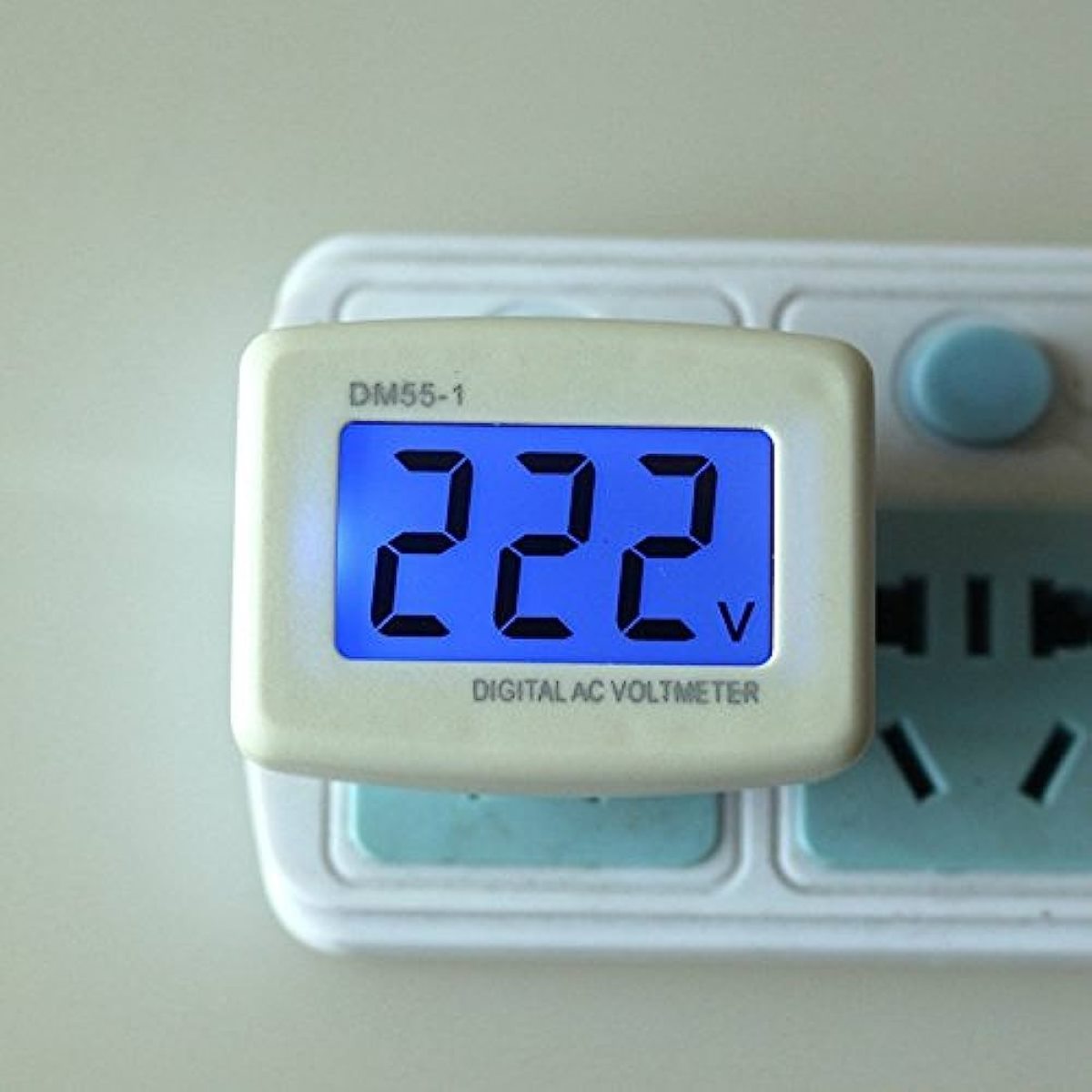

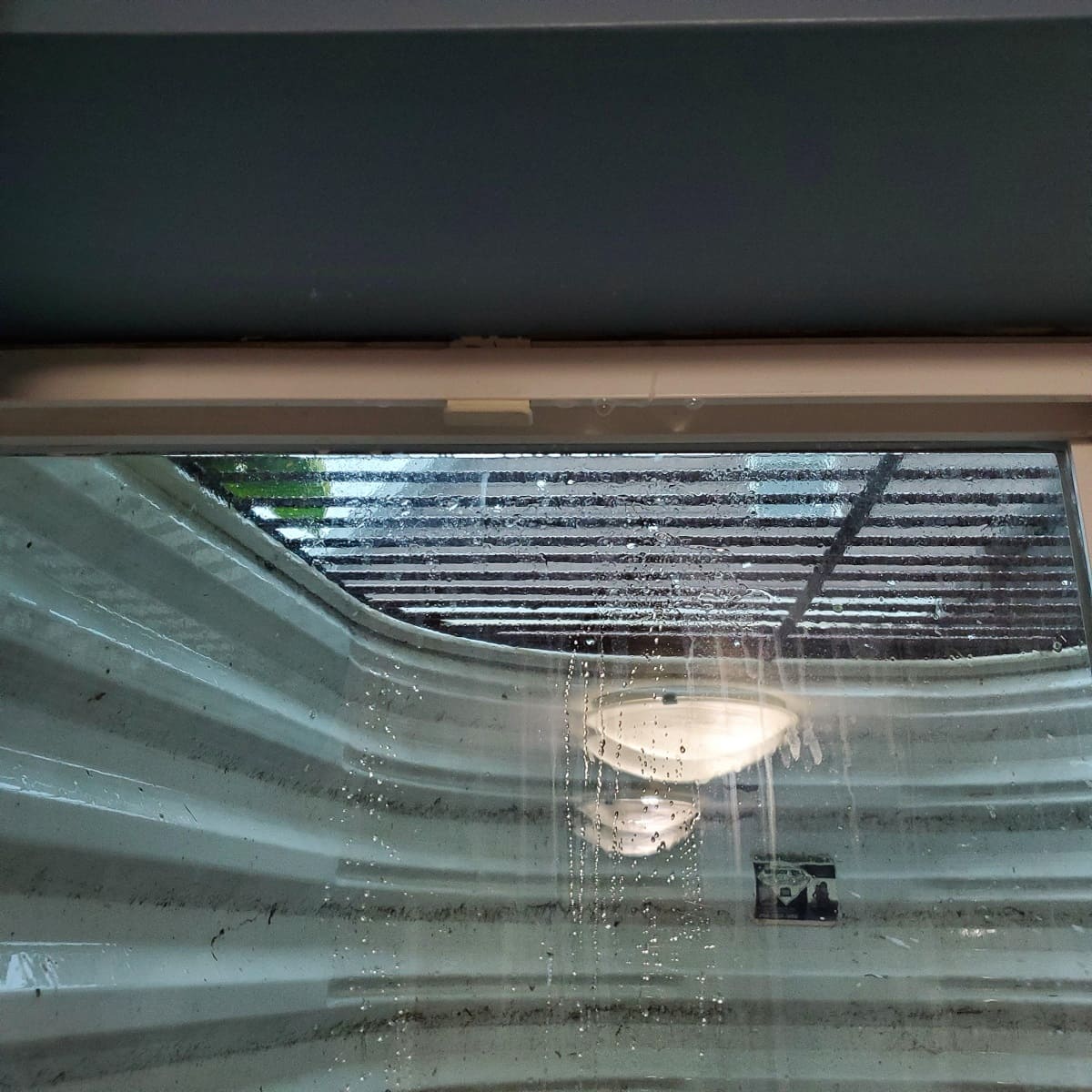
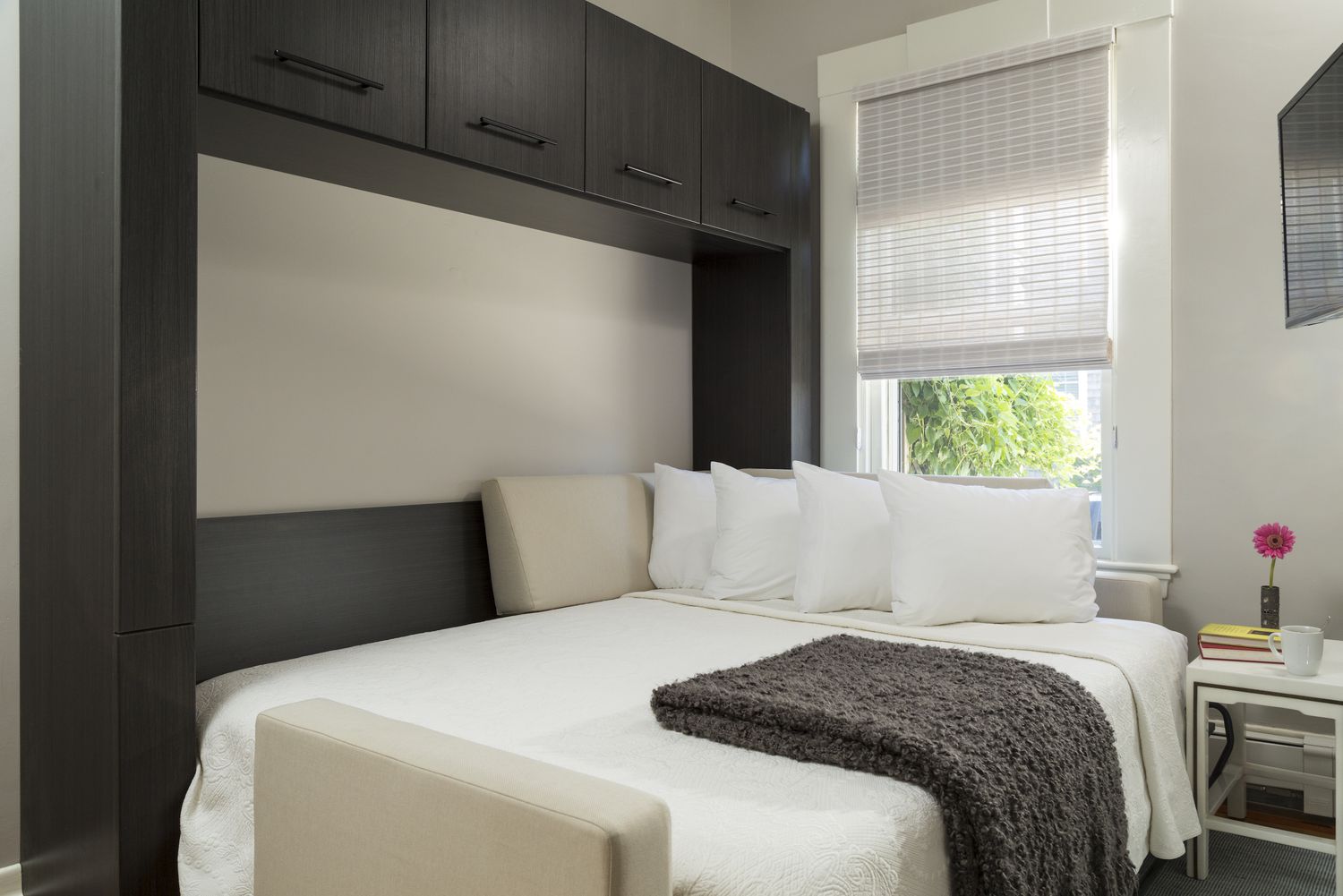
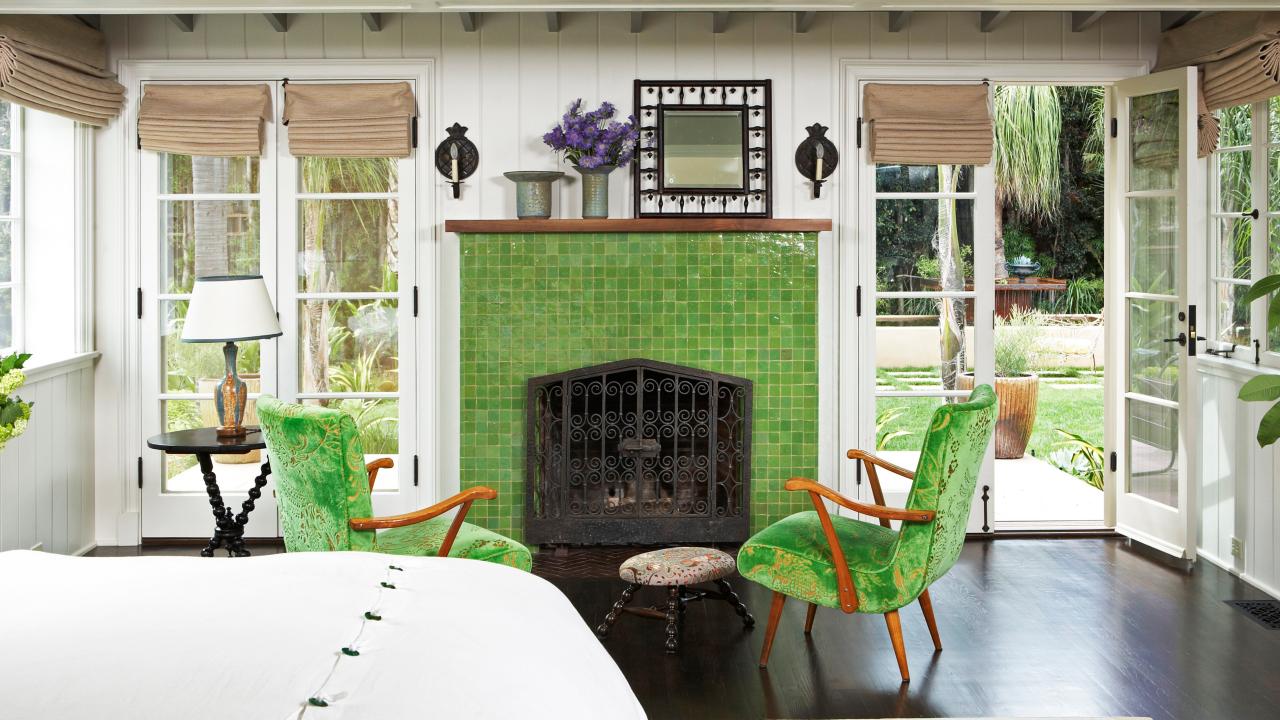
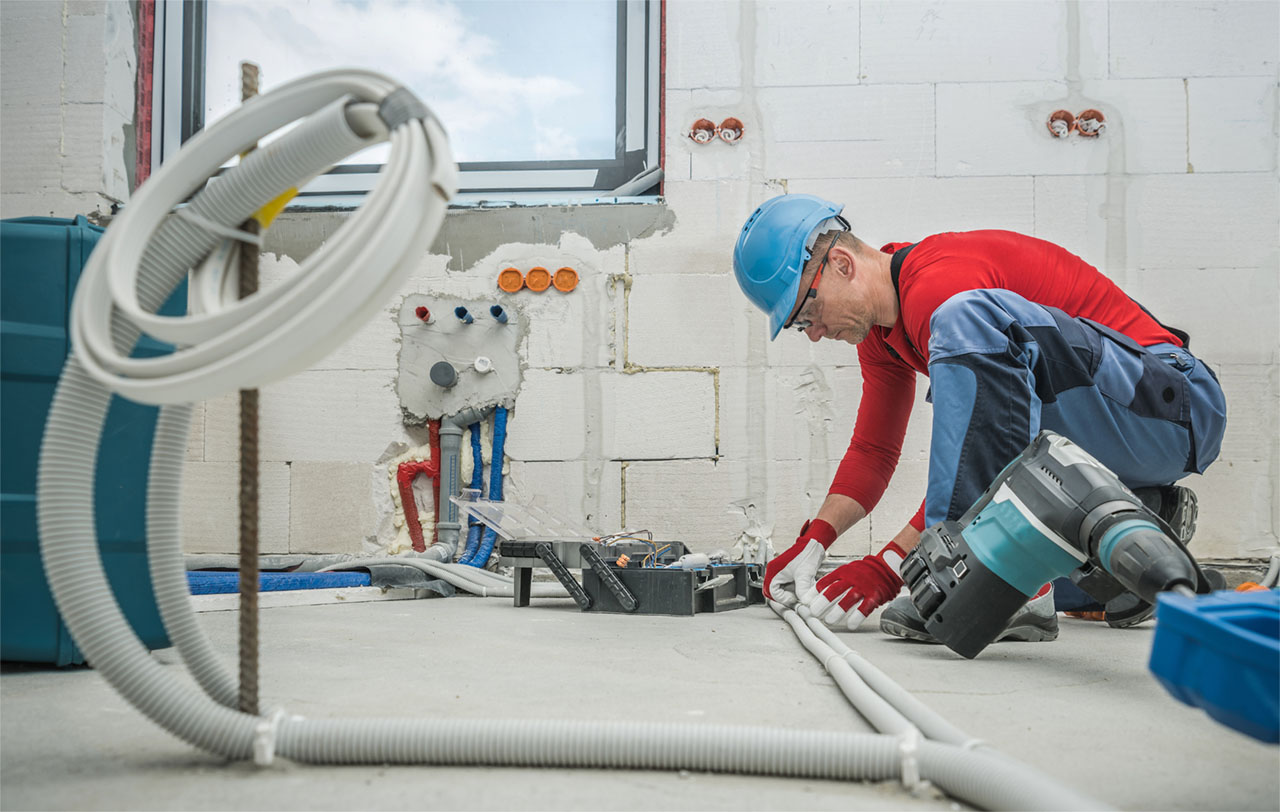

0 thoughts on “How To Hide Water Meter In Basement”